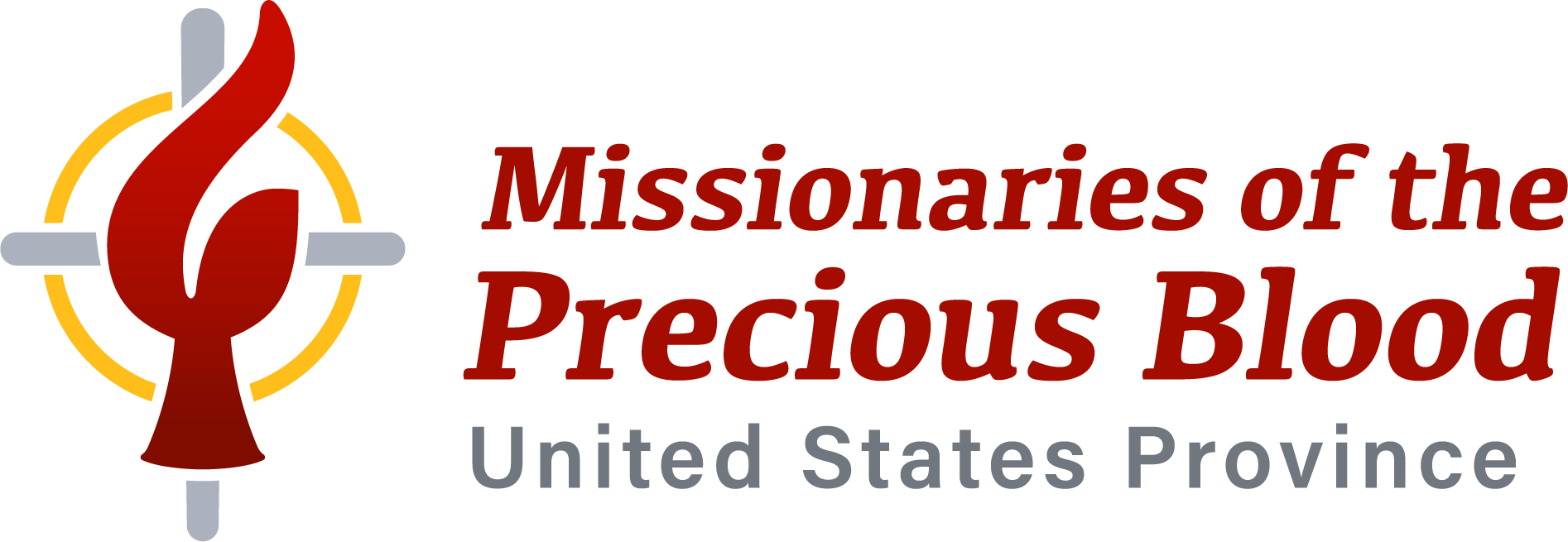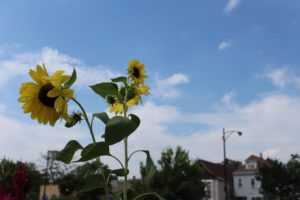Holding on to Joy
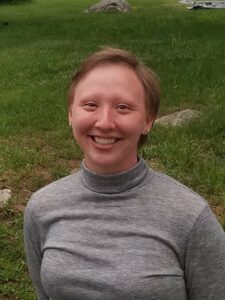
2021-2022 Precious Blood Volunteer, Raechel Kiesel
By Raechel Kiesel, Precious Blood Volunteer alumnus
On August 13, we celebrated the annual Bud Billiken Parade here on the south side of Chicago. Not only is it an incredible show of dance, creativity and talent, but it is the largest African American parade in the United States! For generations, families from around the country have participated in this celebration of Black joy, youth and education.
As I watched clips from the parade, I was once again struck by the radiant and powerful resilience of our Black community here in Back of the Yards and Englewood, and communities far beyond. As I watched generations dancing together—young people alongside elders—I thought of their ancestors, whose dance of hope and resilience paved the way to this dance of today. Even in the midst of pain and sorrow, these elders were able to hold onto the bright light of joy, and fan it enough to pass that light along.
To fan the light of the families in our PBMR community today, we recently started a new career navigation program to walk with men and women as they pursue their career goals. For years, we have worked with individuals through our workforce development team, whether that meant starting out as an apprentice in our wood shop or finding a first job with one of our supportive employers.
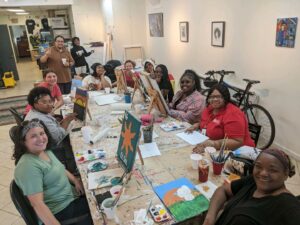
Raechel (far back right hand corner) with other people at PBMR’s art program
The men and women who completed those steps have been so successful that they are now looking for opportunities to grow and use all of their gifts and talents in a career, and we want to help them realize those goals.
As part of this new program, we accompany participants through the discernment process. Many are so busy working multiple jobs, taking care of kids, and staying on top of bills that they have little time to explore and decide on a long-term career path. So we ask the questions, “What are your talents? Where does the world need what you have to offer? What unique gifts do you bring to our beloved community?”
In asking those questions recently, it came out that one of our participants is interested in dance. She used to dance when she was a little girl and was very talented, but she set her dreams of dancing aside when bills, kids and responsibilities kicked in. Personally, I have very little dancing knowledge (and no dancing skill), so we went to our local expert. One of our friends at PBMR is a Zumba instructor and has even come to the center to dance with our young women. We all met up for coffee and chatted about turning dance from a passion into a career.
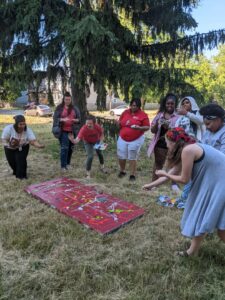 Our Zumba instructor friend talked about how important it is to find one’s joy and hold onto it. She spoke about being a Black woman, going through the process of identifying and processing trauma, and how much of a toll that has taken on her mental, physical, emotional and spiritual health. Dance brought her back into her body and allowed her to express herself in music and movement. Even in those toughest times, it was her joy.
Our Zumba instructor friend talked about how important it is to find one’s joy and hold onto it. She spoke about being a Black woman, going through the process of identifying and processing trauma, and how much of a toll that has taken on her mental, physical, emotional and spiritual health. Dance brought her back into her body and allowed her to express herself in music and movement. Even in those toughest times, it was her joy.
As I listened to their conversation, I was awed by the strength of these two women sharing the pain of their trauma and how they had learned to find healing. In the light of this new friend, I witnessed a grieving mother see the hope of a new path forward that she had not imagined before. Not only could she make a career out of sharing her talent with others, but this new pursuit could be a way for her to find her joy and share it with others—a way of healing in the midst of great pain, a way of hope.
The incredible resilience of these Black women was illuminated through a simple conversation. As I spend more time at PBMR, I continue to learn what faith looks like: to have hope in the face of suffering, to dance to heal one’s pain, and to find strength in sharing joy.
My hope is that the children of these amazing women and their children’s children will have the chance to celebrate the dances that their mothers pass along. As a career coach now by trade, I also hope that they get to celebrate the wealth built up and passed onto future generations, thanks to the financial stability that a steady career can provide. But especially, as we celebrate the resilient joy that makes our community so beautiful, I hope that we dance in the hope of a bright future because of those who promote healing now to pass along to future generations.
Raechel served last year as a Precious Blood Volunteer at Precious Blood Ministry of Reconciliation in Chicago, Illinois. She now works for PBMR in their career navigation program. Go to preciousbloodvolunteers.org to learn more about Precious Blood Volunteers. Go to pbmr.org to support PBMR.
